Making the Mob
Starting with the government's prohibition of alcohol that gave the mob its foothold in the underbelly of America, to the illicit high-stakes drug wars that take place on the streets of today, in this second episode we see the gangsters and thugs that rose to notoriety within the violent world of organized crime. As suggested by the scene titles, this deals with the early days of the mob, primarily through the profits gleaned during the 'prohibition' era. It covers the rise and fall of Capone and the Chicago mob, built on the back of the temperance movement. The effect of the Depression is also touched upon in the Capone story. The programme also deals with the involvement of city officials (within the police department and civic positions) with figures from the mafia, and the lengths taken to address both the problems with illegal stills and internal corruption. As with the first episode, there is extensive archive footage and interviews with 'primary source' figures such as Vincent Persiante, a retired detective, who expounds on the ingenuity of the bootleggers. Naturally, the St Valentines Day Massacre of 1929 is discussed in detail. Tony Berardi, a young photographer at the time, recounts his experience of the massacre, the aftermath of which he captured on film. Despite the fall of Capone and the end of Prohibition, Chicago's mafia continued to flourish under a succession of bosses, including Tony Acardo, shown being interviewed by Robert Kennedy in the sixties. With this we are introduced to another infamous figure from the underworld - Sam Giancanna. His story is told by Roemer and the usual abundance of contemporary footage. Roemer's accounts are fascinating. The documentary even has interviews with Judith Exner, Giancanna's former mistress, giving a further perspective on a hugely significant figure within the history of the mafia and a man who is intergral to the story of the Kennedys. As such, the election of Kennedy and the Cuban missile crisis are explained in terms of their relationship to the mafia. This follows through to the death of Giancanna in 1975 and a bloody period in Chicago's history. Fratianni was at his peak at the same time, and recounts the problems with the Chicago mob in the seventies and how they affected him. Dave Shiffers of the Chicago police summarises by saying that over the last 50 years, organized crime has increased dramatically, it is just better hidden with fewer high profile figures.
-
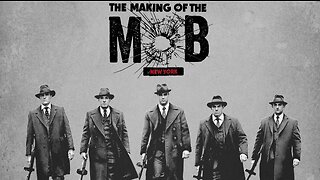 42:58
42:58
Adaneth - History&Politics
1 year agoThe Making of the Mob: New York | End Game (S01-E08)
175 -
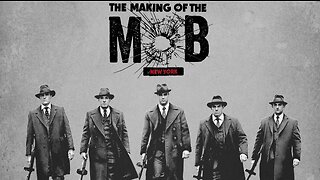 43:03
43:03
Adaneth - History&Politics
1 year agoThe Making of the Mob: New York | New Frontiers (S01-E7)
137 -
 43:04
43:04
Adaneth - History&Politics
1 year agoThe Making of the Mob: New York | A Rising Threat (S01-E04)
150 -
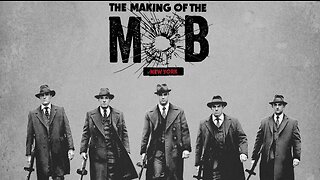 43:03
43:03
Adaneth - History&Politics
1 year agoThe Making of the Mob: New York | The Mob at War (S01-E06)
106 -
 43:04
43:04
Adaneth - History&Politics
1 year agoThe Making of the Mob : New York | The Education of Lucky Luciano (S01-E01)
5691 -
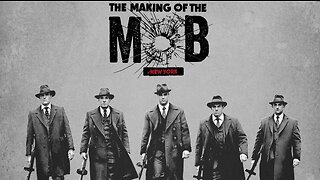 43:01
43:01
Adaneth - History&Politics
1 year agoThe Making of the Mob: New York | King of New York (S01-E03)
112 -
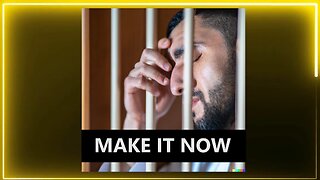 0:28
0:28
Tales From The Cell
7 months agoYOU WILL MAKE THE
22 -
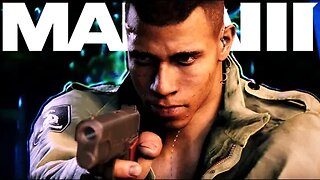 39:04
39:04
51Gaming
9 months agoPlaying MAFIA 3 in 2023
91 -
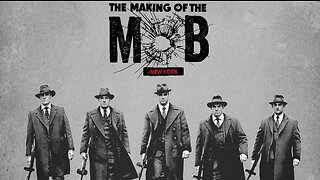 43:04
43:04
Adaneth - History&Politics
1 year agoThe Making of the Mob: New York | Exit Strategy (S01-E05)
112 -
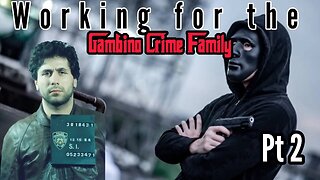 14:28
14:28
StaxxTV
1 year agoPT 2 Working for The Gambino Crime Family #mob #gambinofamily #mobrat
41